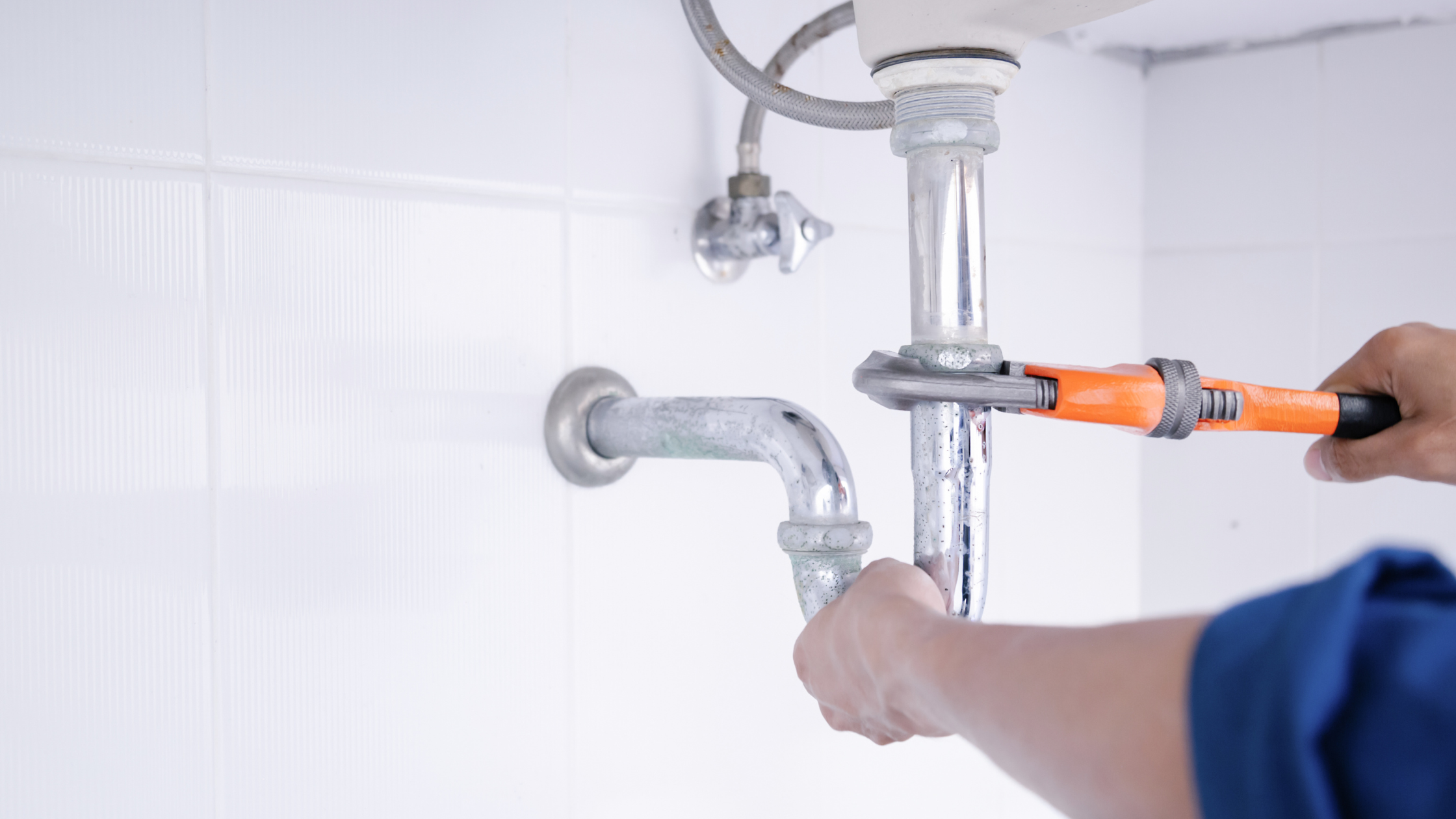The Importance of Partnering with Reliable Plumbing Contractors: Ensuring Quality Workmanship in Every Project
As a construction company owner, you understand the importance of quality workmanship in every project you undertake. From laying the foundation to putting on the finishing touches, every aspect of construction requires skilled professionals to ensure a successful outcome. One crucial aspect that often gets overlooked is plumbing. Partnering with reliable plumbing contractors can make all the difference in delivering high-quality results that meet your clients’ expectations. In this blog post, we will discuss why it is essential to work with reputable plumbing contractors and how they can help you achieve success in your projects.
Expertise and Experience
Reliable plumbing contractors bring a wealth of expertise and experience to the table. They have undergone extensive training and have years of hands-on experience working on various plumbing projects. This level of expertise allows them to tackle complex plumbing issues with ease and precision, ensuring that your project runs smoothly from start to finish.
Quality Workmanship
When you partner with reputable plumbing contractors, you can rest assured that the workmanship will be top-notch. They take pride in their craft and pay attention to every detail, no matter how small. This dedication to quality ensures that your plumbing systems are installed correctly and function efficiently for years to come.
Timely Completion
Time is of the essence in the construction industry, and delays can be costly. Reliable plumbing contractors understand the importance of sticking to deadlines and completing projects on time. They are well-organized, efficient, and have the resources necessary to get the job done promptly without sacrificing quality.
Compliance with Regulations
Plumbing codes and regulations are constantly evolving, making it challenging for construction companies to stay up-to-date with all the requirements. By partnering with reliable plumbing contractors, you can ensure that your projects comply with all relevant codes and regulations. This not only protects you from legal issues but also ensures the safety and functionality of the plumbing systems.
Long-Term Relationship
Building a strong relationship with reliable plumbing contractors can benefit your construction company in the long run. They become familiar with your standards, preferences, and expectations, making future collaborations smoother and more efficient. Additionally, having a trusted partner for all your plumbing needs gives you peace of mind knowing that you have a team you can rely on for any project.
Conclusion
In conclusion, partnering with reliable plumbing contractors is crucial for ensuring quality workmanship in every project you undertake as a construction company owner. Their expertise, experience, commitment to quality workmanship, timely completion of projects, compliance with regulations, and ability to build long-term relationships make them invaluable partners in achieving success in the construction industry. By choosing reputable plumbing contractors for your projects, you can rest assured that your clients will be satisfied with the results and that your reputation as a reliable construction company will continue to grow.…




